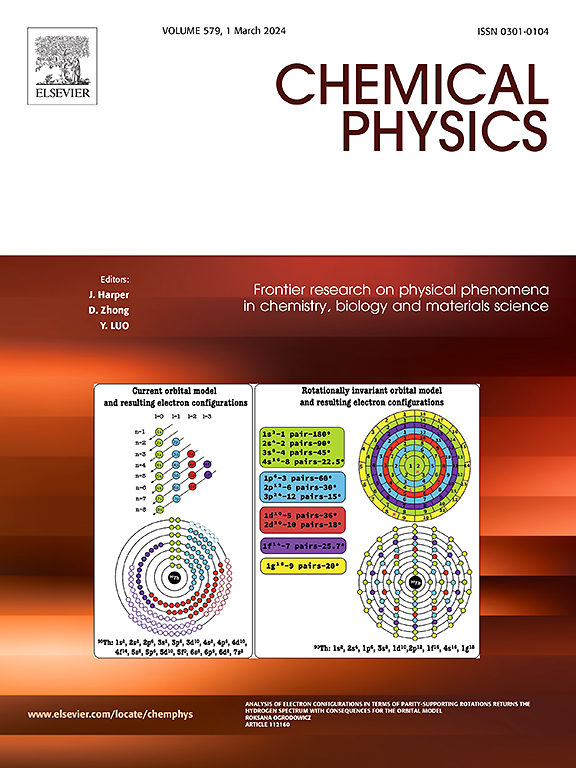First-principles study of triaxial strain effect on structural, mechanical, electronic, optical, and photocatalytic properties of K2SeBr6 for solar hydrogen production
IF 2
3区 化学
Q4 CHEMISTRY, PHYSICAL
引用次数: 0
Abstract
This study represents the first comprehensive investigation into the photocatalytic performance of the double halide perovskite K2SeBr6 for hydrogen production via water splitting, employing density functional theory (DFT) as implemented in WIEN2k. The research encompasses an in-depth analysis of the structural, elastic, electronic, optical, transport, and photocatalytic properties of K2SeBr6. The findings reveal that K2SeBr6 fulfills the thermodynamic prerequisites for driving the water-splitting reaction. However, its band edges are significantly far from the water redox potentials, resulting in slower reaction kinetics. To address this limitation, the study investigates the application of tensile triaxial strains (2 %, 4 %, and 6 %). Tensile strain application reduces the bandgap energy, shifts optical absorption into the visible spectrum, and enhances the kinetics of the photocatalytic reactions. Additionally, the influence of pH on the photocatalytic efficiency of K2SeBr6 was thoroughly examined. Beyond its application in water splitting, the study explores the potential of K2SeBr6 for detecting and reducing CO2 into useful chemicals and fuels. These findings propose effective strategies for optimizing K2SeBr6 as a multifunctional material, particularly as an efficient photocatalyst for solar-driven hydrogen production.
三轴应变对用于太阳能制氢的 K2SeBr6 的结构、机械、电子、光学和光催化性能影响的第一性原理研究
本研究首次采用密度泛函理论(DFT)对双卤化物钙钛矿K2SeBr6通过水分解制氢的光催化性能进行了全面研究。该研究包括对K2SeBr6的结构、弹性、电子、光学、输运和光催化性质的深入分析。结果表明,K2SeBr6满足驱动水裂解反应的热力学条件。然而,它的能带边缘明显远离水的氧化还原电位,导致反应动力学较慢。为了解决这一限制,本研究调查了拉伸三轴应变(2%,4%和6%)的应用。拉伸应变的应用降低了带隙能量,将光吸收转移到可见光谱,并提高了光催化反应的动力学。此外,还考察了pH对K2SeBr6光催化效率的影响。除了在水分解中的应用之外,该研究还探索了K2SeBr6在检测二氧化碳并将其还原为有用的化学品和燃料方面的潜力。这些发现提出了优化K2SeBr6作为多功能材料的有效策略,特别是作为太阳能驱动制氢的高效光催化剂。
本文章由计算机程序翻译,如有差异,请以英文原文为准。
求助全文
约1分钟内获得全文
求助全文
来源期刊

Chemical Physics
化学-物理:原子、分子和化学物理
CiteScore
4.60
自引率
4.30%
发文量
278
审稿时长
39 days
期刊介绍:
Chemical Physics publishes experimental and theoretical papers on all aspects of chemical physics. In this journal, experiments are related to theory, and in turn theoretical papers are related to present or future experiments. Subjects covered include: spectroscopy and molecular structure, interacting systems, relaxation phenomena, biological systems, materials, fundamental problems in molecular reactivity, molecular quantum theory and statistical mechanics. Computational chemistry studies of routine character are not appropriate for this journal.
 求助内容:
求助内容: 应助结果提醒方式:
应助结果提醒方式:


